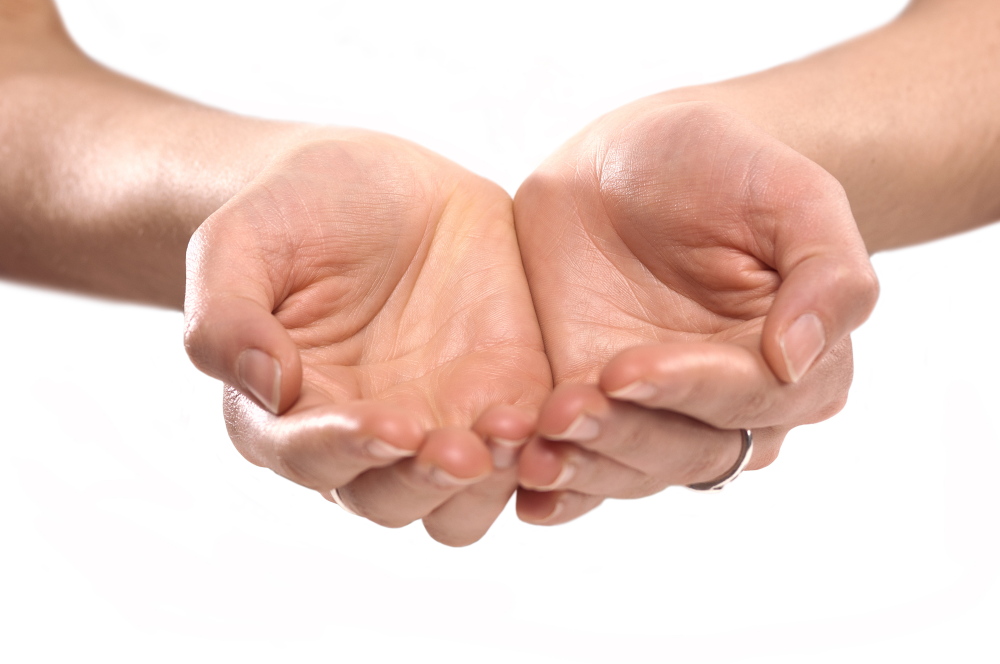Mainers pride themselves on being careful with their money. They are frugal, canny, even thrifty, but never stingy when someone needs help.
So what does it mean when we find our big-hearted state ranked next to last in the percentage of our income given to charity, just one place above granite-hearted New Hampshire? Could Mainers really be called cheap when it comes to helping others?
The answer is no. Like many statistical rankings, there’s more to this one than can be measured in a single chart.
It’s true that neighbors Maine and New Hampshire have the last two spots on the Chronicle of Philanthropy list, but they are not the only Northeast states at the bottom. Connecticut, Rhode Island, Massachusetts and Vermont hold positions 45 through 48. A similar grouping can be found when you look at how the Pew Center ranks the 50 states on religious attendance and church membership.
At the top of the two lists are the same states, in virtually the same order. Utah tops both the charitable giving ranking and the importance of religion survey. Mississippi finishes second in both.
You could assume that religious people are more generous, but that’s not necessarily true, either. The states of the Northeast rank last of the four regions when all giving is totaled, but give at the highest rate when religious donations are removed from the calculation.
Still, the similarity between the two lists is no coincidence. Religious institutions run on donations from their members, and those donations are tax-free, which maintains the wall between church and state.
But we don’t have to assume that all religious donations are used for charitable purposes. Churches do provide services to people in need, but they also spend money on worship, buildings, recruitment and other efforts that are part of their religious mission, not necessarily their charitable one.
This context resolves the difference between what the lists tell us and what we can see with our own eyes. There is evidence of charitable giving in every Maine town – from food banks and soup kitchens down to the jars next to cash registers that hold donations for local families in need.
The problem doesn’t appear to be an unwillingness to give, but the inability of private charity to meet all the need that’s out there.
Mainers have been generous on a personal level, but we still have nearly a quarter of children under the age of 5 living below the poverty line, growing up in conditions that can negatively affect their health and education, creating lifelong consequences.
This will not be affected by giving more money to churches: States like Mississippi have some of the highest rates of charitable giving and still have much higher poverty levels than Maine.
But it does mean that Mainers can still work harder to reach out to everyone in their communities, either through private giving or through the concerted effort of state or local government.
Tax deduction records don’t tell the whole story about Mainers’ generosity.
Send questions/comments to the editors.



Success. Please wait for the page to reload. If the page does not reload within 5 seconds, please refresh the page.
Enter your email and password to access comments.
Hi, to comment on stories you must . This profile is in addition to your subscription and website login.
Already have a commenting profile? .
Invalid username/password.
Please check your email to confirm and complete your registration.
Only subscribers are eligible to post comments. Please subscribe or login first for digital access. Here’s why.
Use the form below to reset your password. When you've submitted your account email, we will send an email with a reset code.